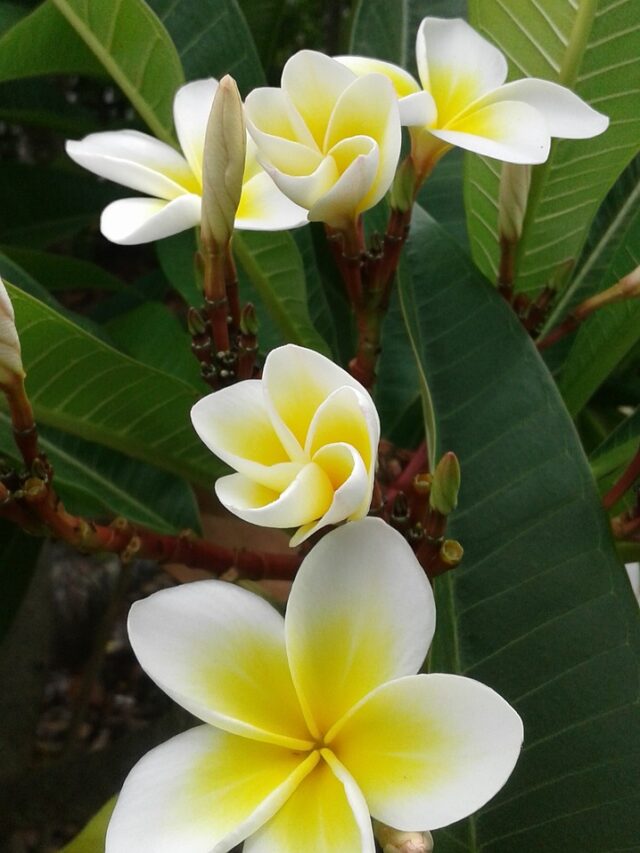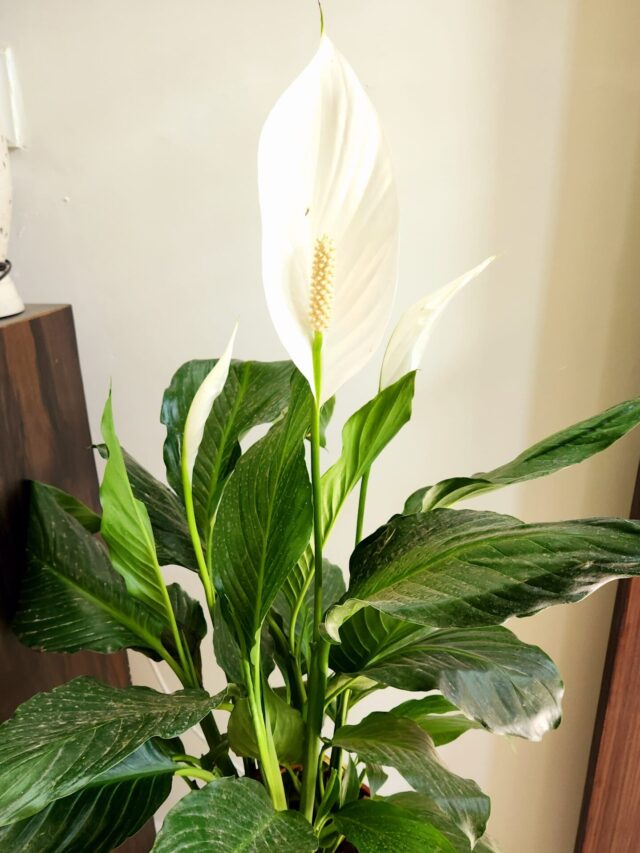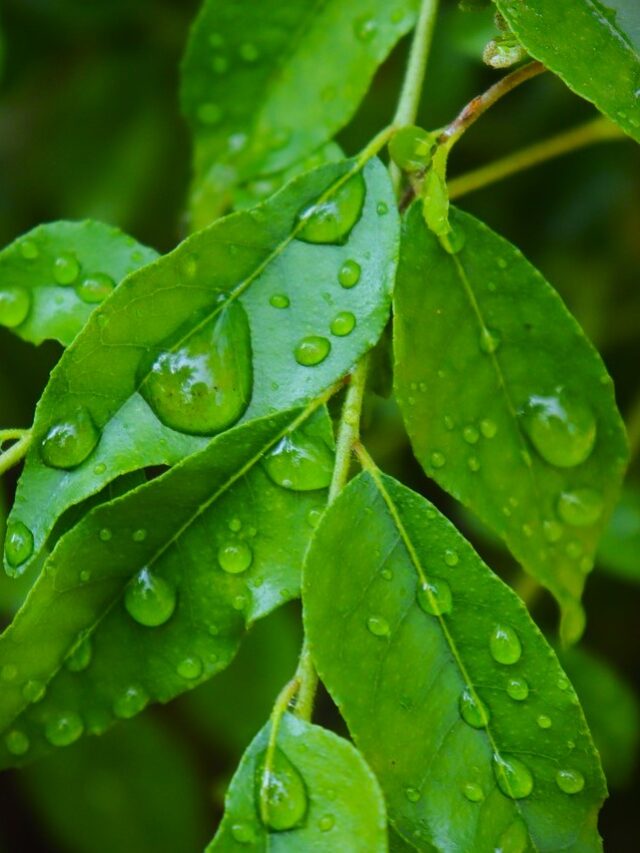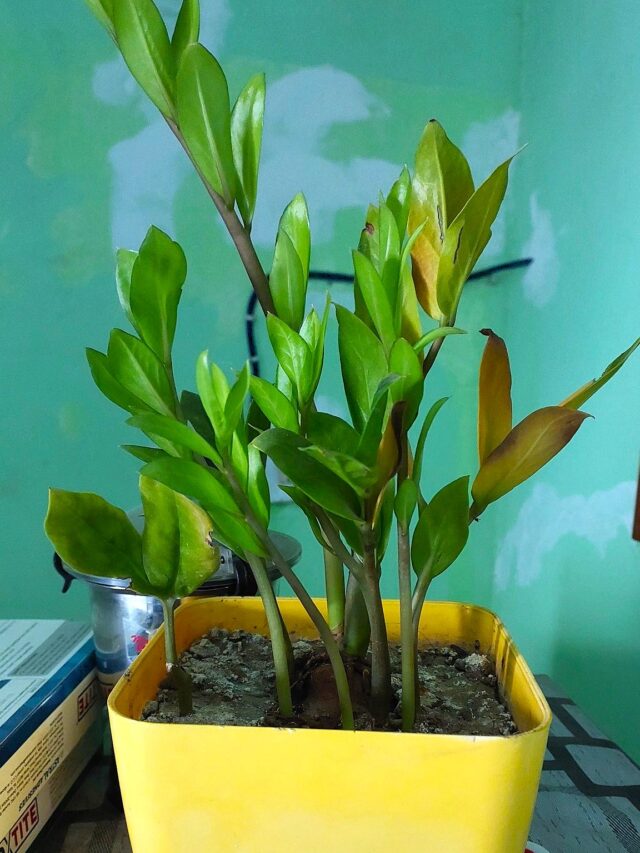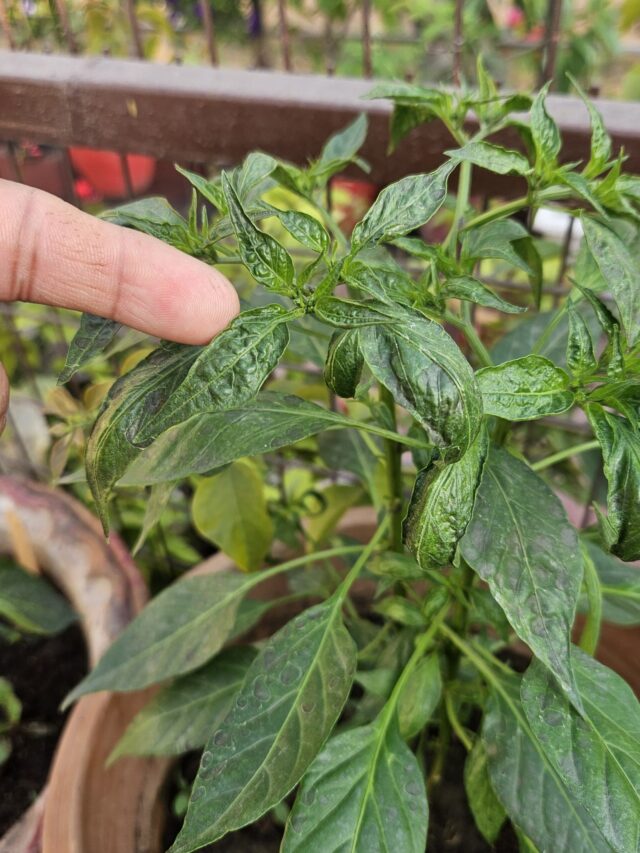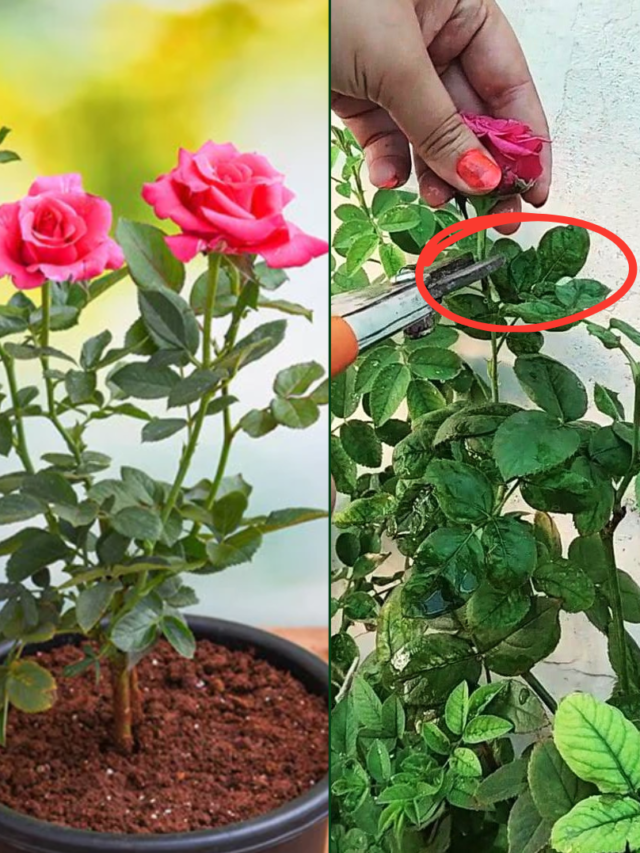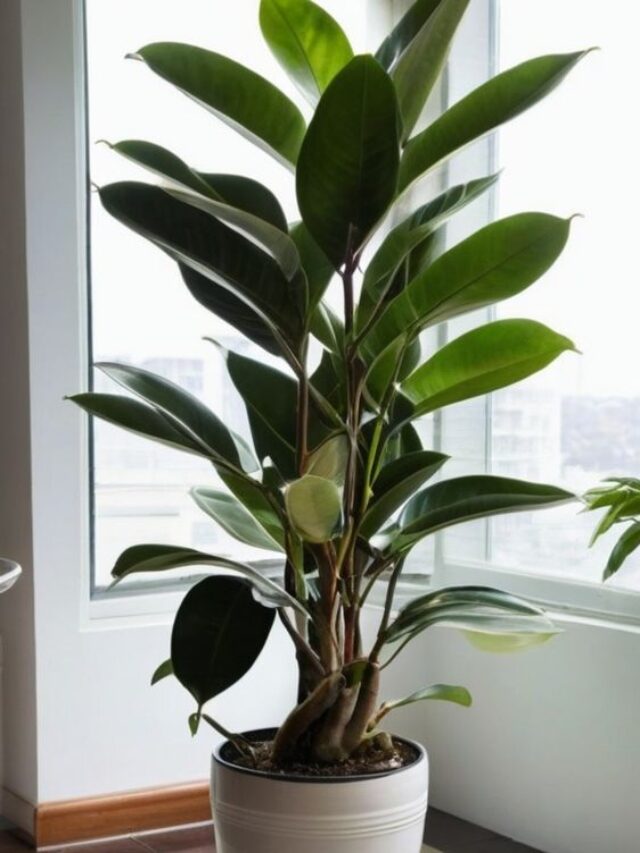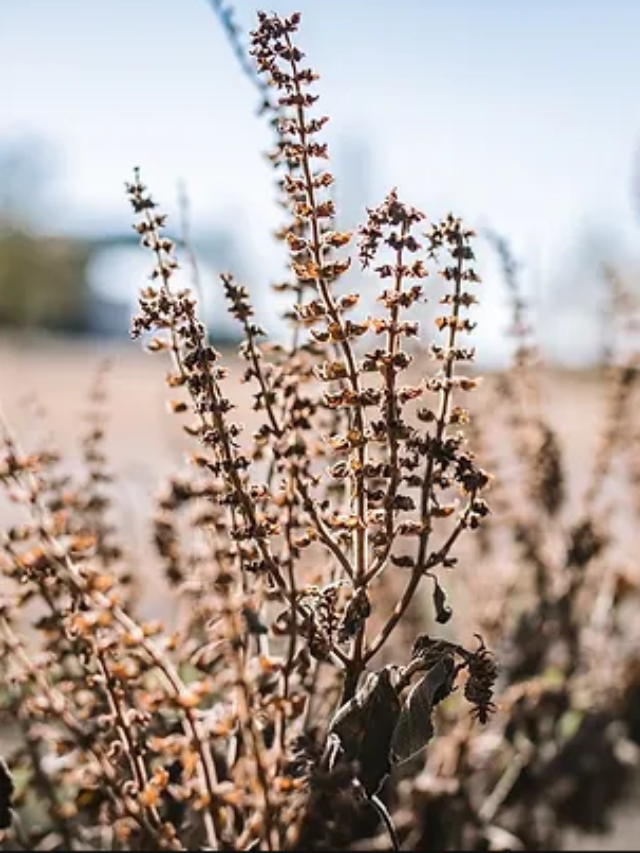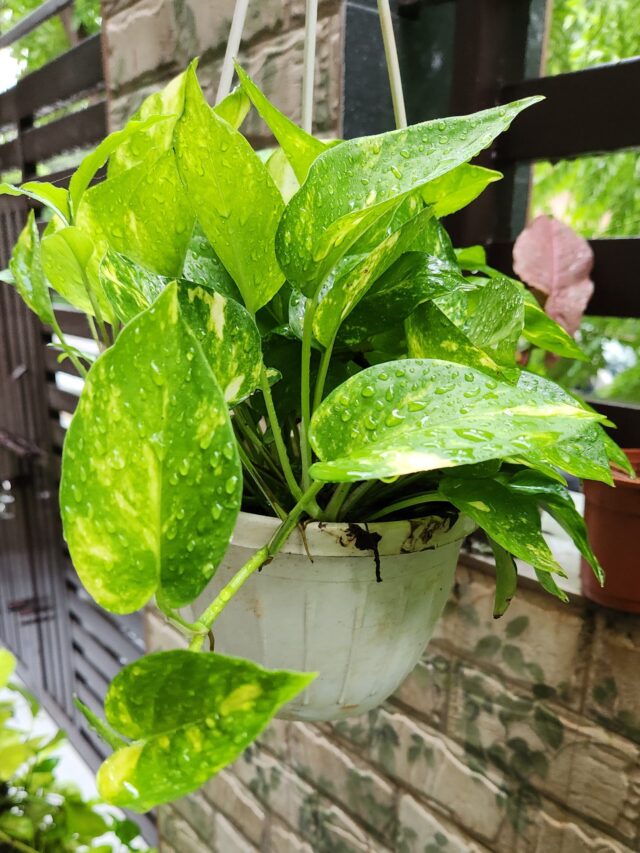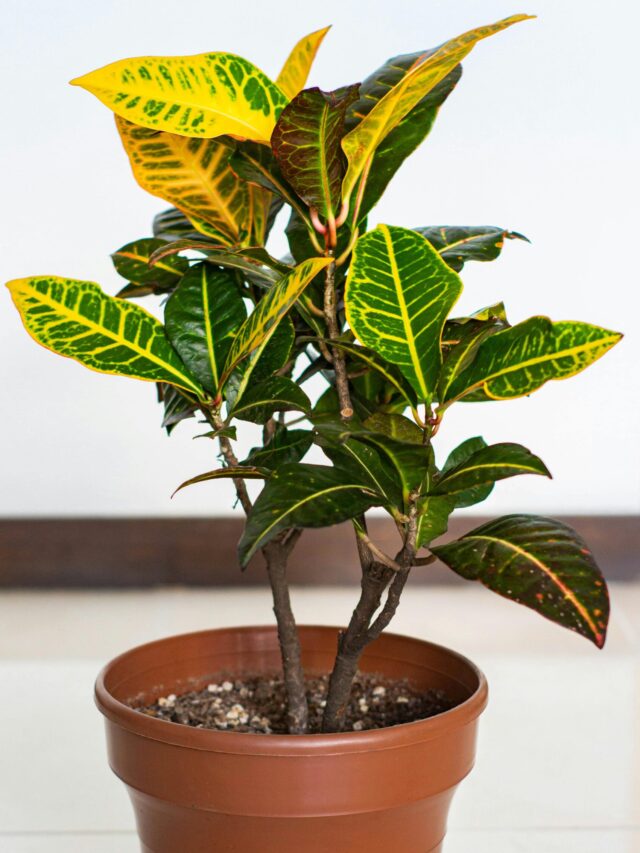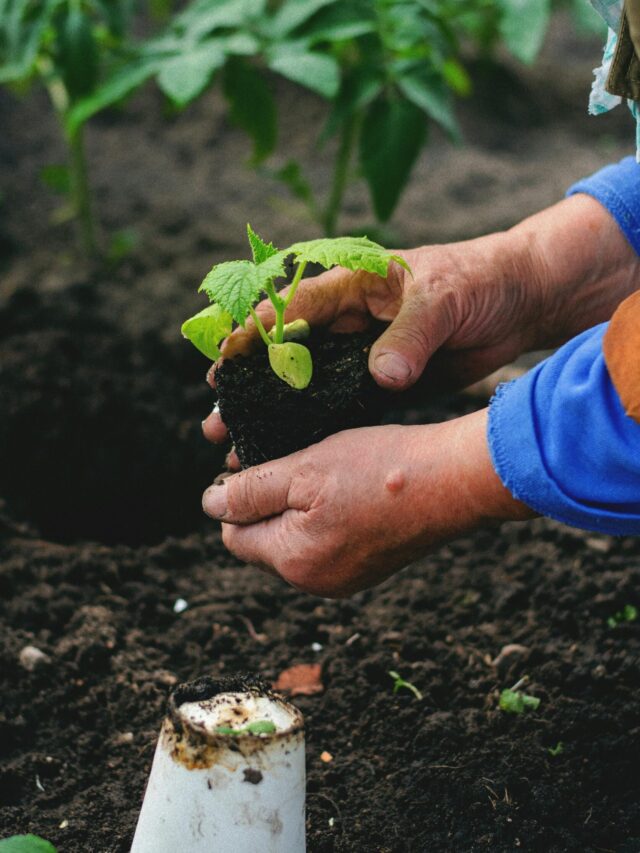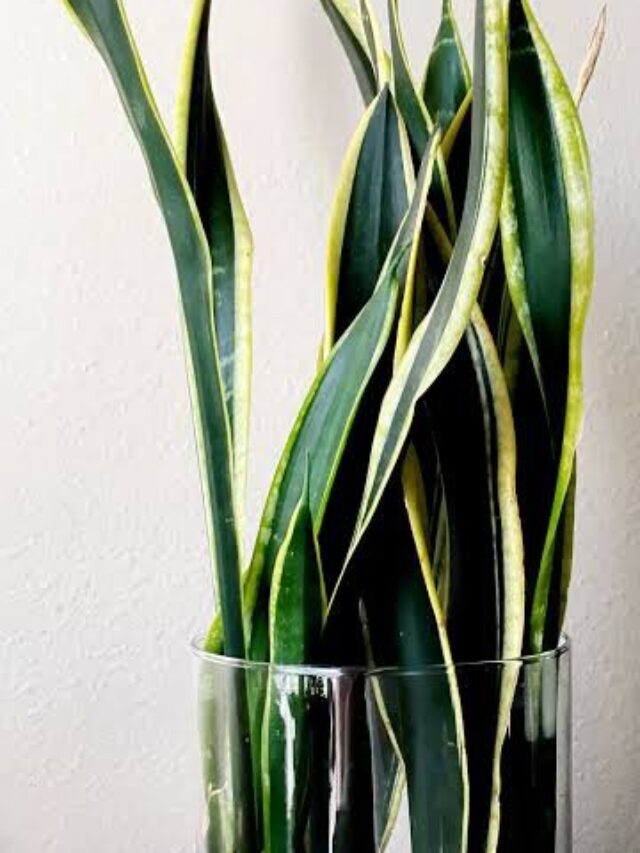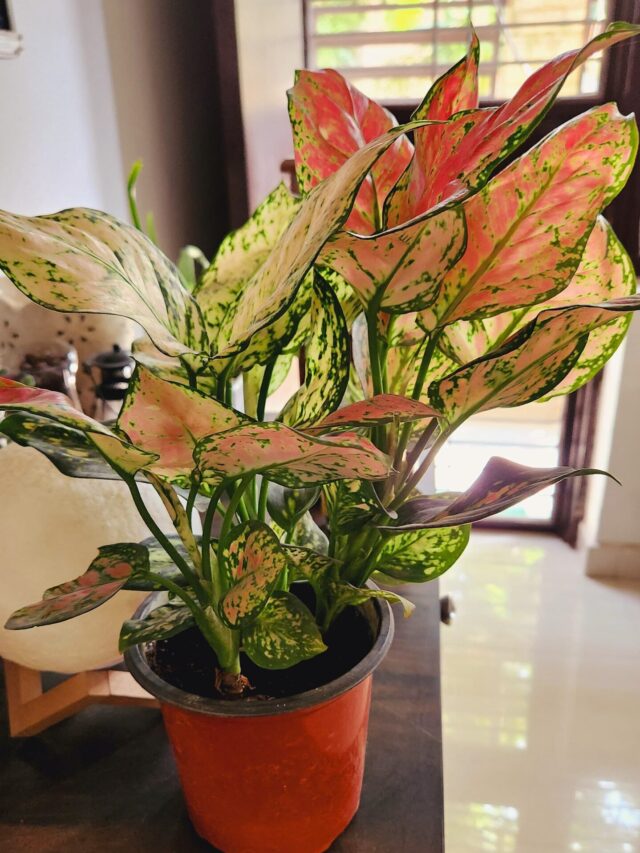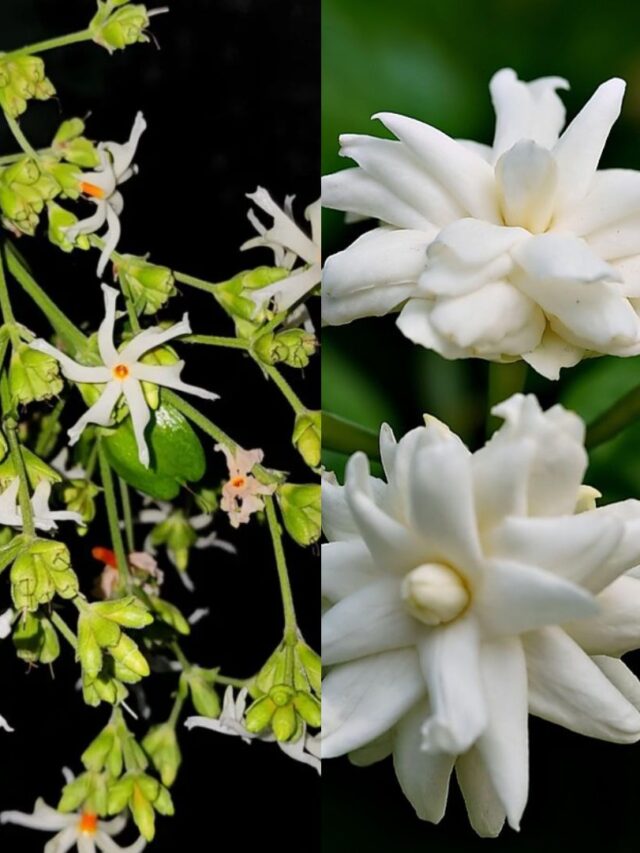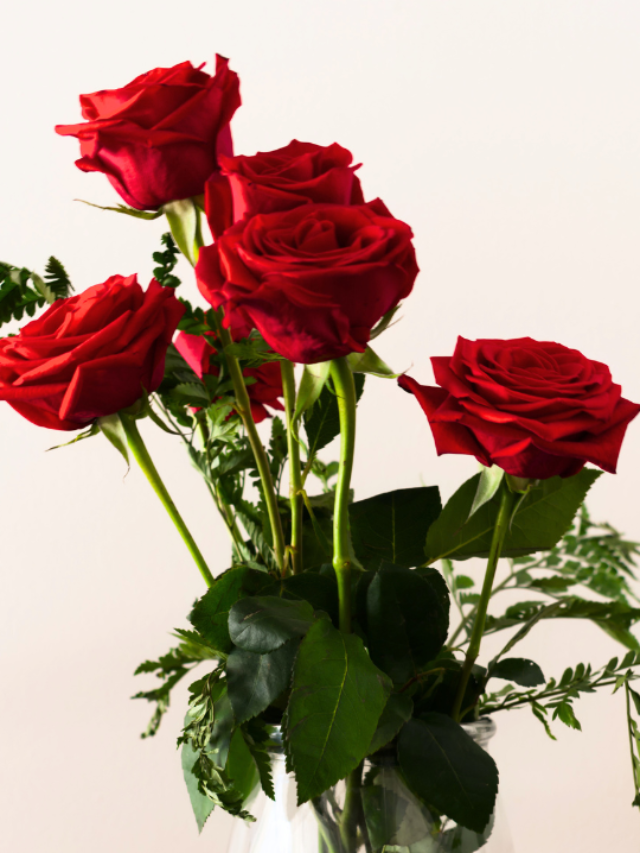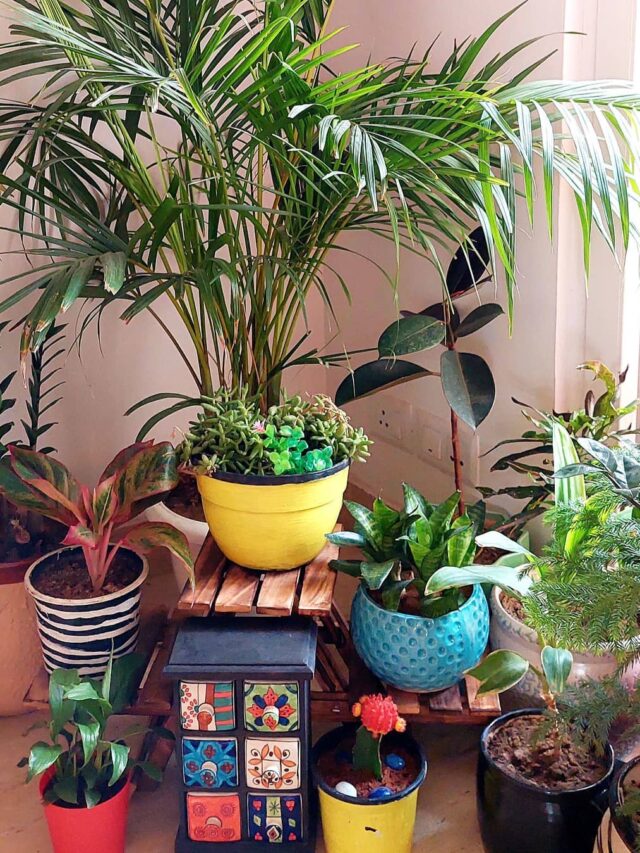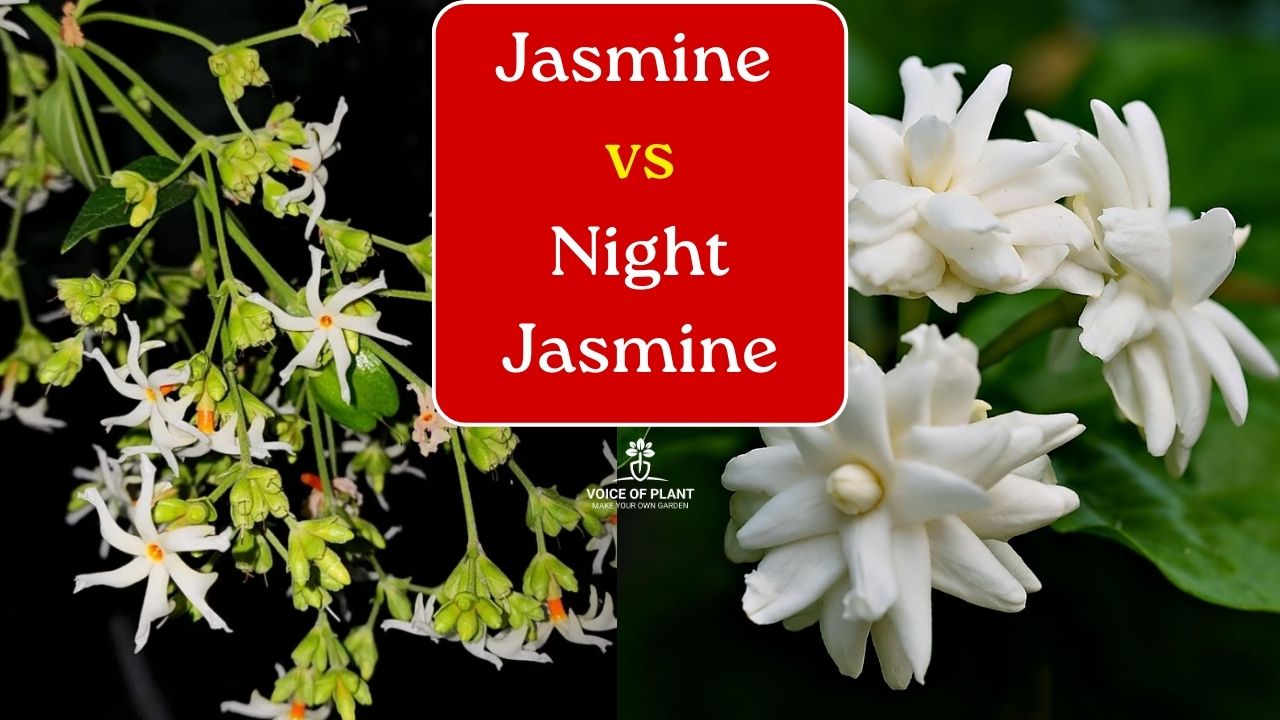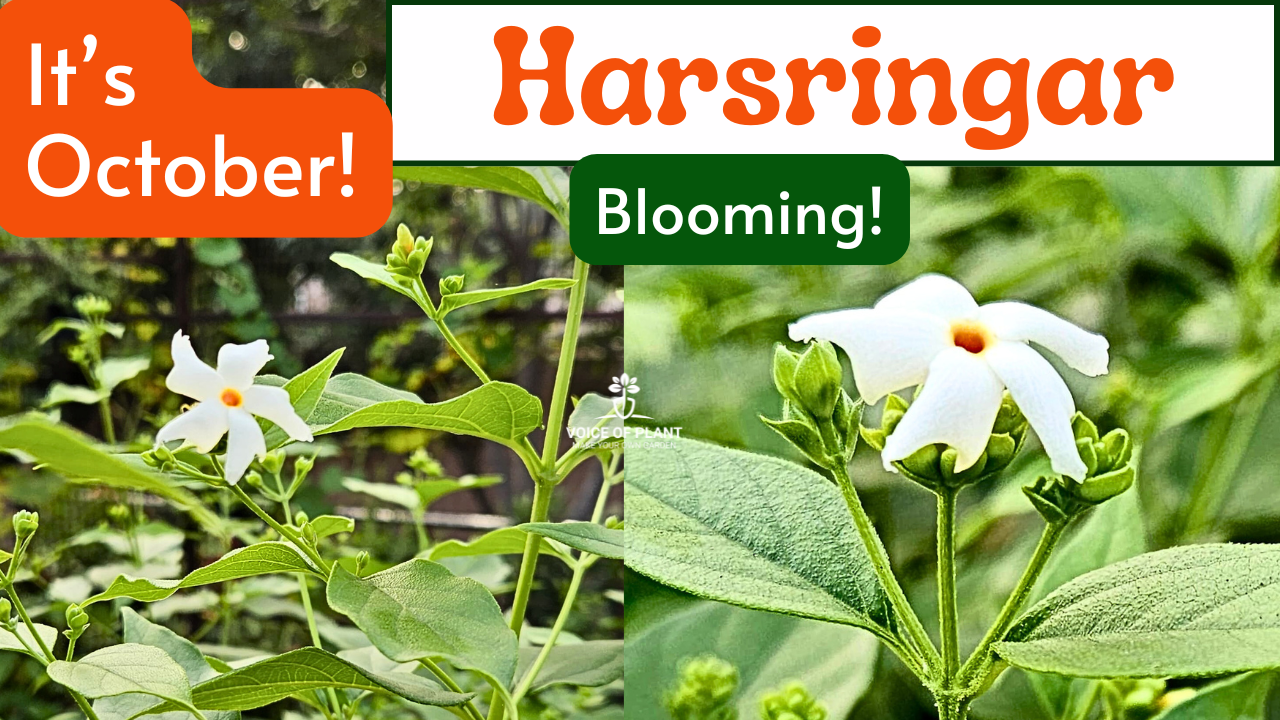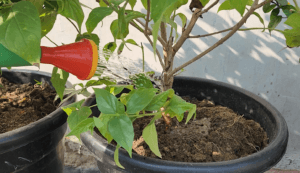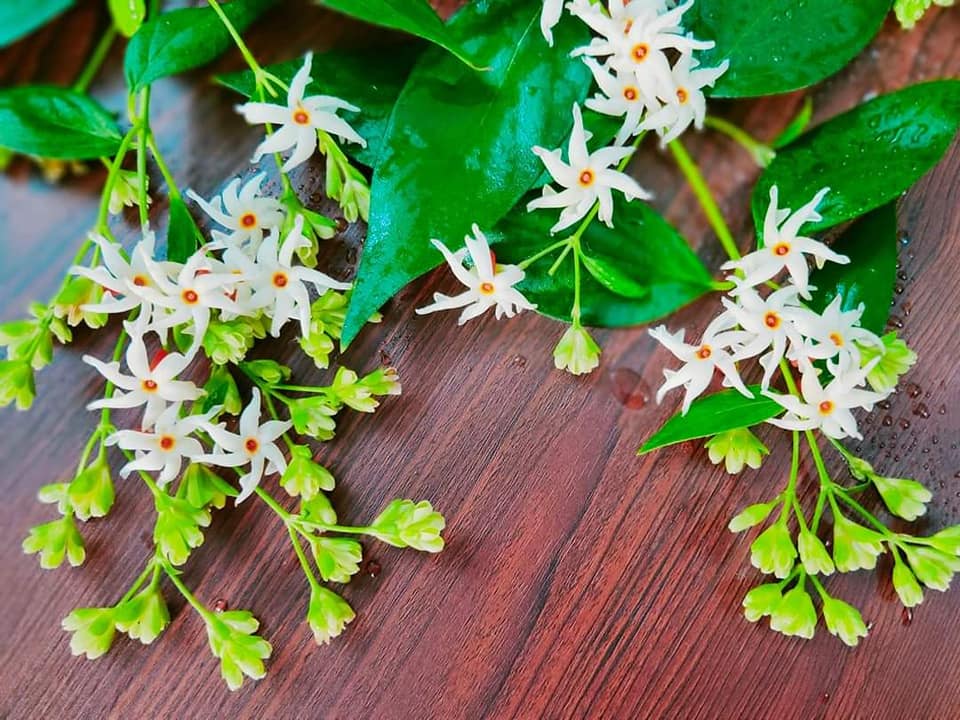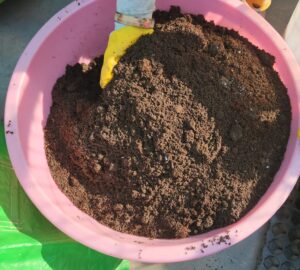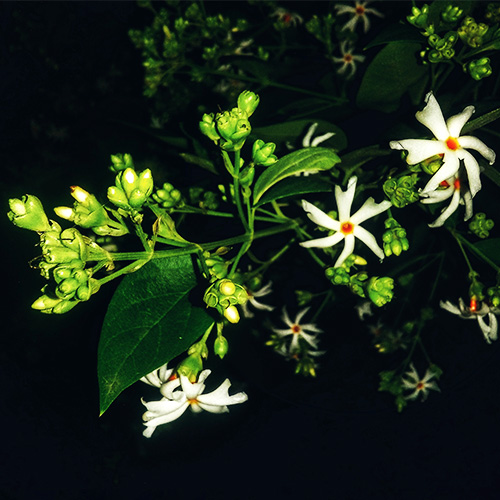Difference Between Jasmine and Night Jasmine Plant
Jasmine and Night Jasmine are two distinct plants, each with unique qualities and care requirements. However, many gardeners and plant lovers often confuse them, leading to improper care techniques.
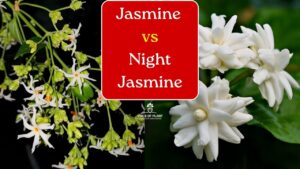
To help you differentiate between the two, we’re sharing some key points that will enhance your understanding and ensure you provide the right care for each plant.
Difference Between Jasmine and Night Jasmine Plant
1. Botanical Classification
Jasmine (Mogra)
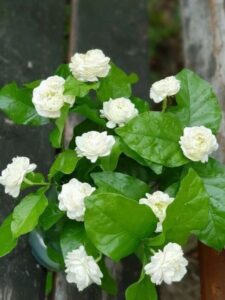
- Belongs to the Oleaceae (Olive) family.
- Genus: Jasminum.
- Also known as, Mogra, Arabian Jasmine (Jasminum sambac), and Spanish Jasmine (Jasminum grandiflorum).
Night Jasmine (Harshringar)

- Belongs to the Oleaceae family (sometimes classified under Verbenaceae).
- Genus: Nyctanthes.
- Also known as Parijat, Harshringar, Coral Jasmine, Parijata, Shiuli, or Shefali
Even though both plants belong to the Oleaceae family, they come from different genera, making them distinct species with unique characteristics.
2. Appearance and Growth Habit
Jasmine (Mogra)
- Can be shrubs or climbing vines, depending on the species.
- Has slender, green stems that often twine around structures.
- Leaves are usually simple or compound, dark green, and glossy.
- Flowers are typically star-shaped, white, or yellow, with five to nine petals.
- Thrives in tropical, subtropical, and temperate regions, in full sun to partial shade.
Click here to read: How to care Jasmine (Mogra) plant
Night Jasmine (Harshringar)
- Small to medium-sized deciduous tree or shrub.
- Stiff branches with opposite, ovate rough-textured leaves.
- Small, star-like flowers with white petals and an orange-red center, growing in clusters.
- More of a woody shrub or small tree rather than a vine.
- Prefers warm climates and well-drained soil.
Key Differences:
- Jasmine is mostly a vine or shrub, whereas Night Jasmine is a small tree or woody shrub.
- Jasmine leaves are often glossy and smooth, while Night Jasmine leaves have a rough texture.
- Night Jasmine flowers have a distinct orange center, whereas Jasmine flowers are usually pure white or yellow.
Click here to read: How to care Night Jasmine plant
3. Flowering Time and Fragrance
Jasmine (Mogra)
- Blooms in summer and spring, though some varieties flower year-round in warm climates.
- Has a strong, sweet, and long-lasting fragrance, often used in perfumes and essential oils.
- The scent is most intense during the day and early evening.
Night Jasmine (Harshringar)
- Blooms primarily in late summer and fall (August to November in tropical regions).
- Flowers bloom at night and fall off by morning, giving it the name “Night Jasmine”.
- Has a mildly sweet fragrance, but not as strong as true Jasmine.
Key Differences:
- Jasmine flowers last longer on the plant, while Night Jasmine flowers fall off by morning.
- Night Jasmine has a subtle fragrance, whereas Jasmine has a much stronger scent.
4. Uses and Applications
Jasmine (Mogra)
- Used in perfumes, essential oils, and cosmetics.
- Common in tea flavoring (e.g., Jasmine tea).
- Flowers are used for hair adornment and religious rituals.
- Has medicinal properties, such as stress relief and improved sleep.
Night Jasmine (Harshringar)
- Flowers and leaves have medicinal properties, widely used in Ayurvedic and herbal medicine.
- Helps with fever, arthritis, skin diseases, and digestion problems.
- Used in religious rituals and temple offerings.
- Leaves are used to make medicinal tea for treating colds and coughs.
Key Differences:
- Jasmine is mainly used in the beauty and fragrance industry, while Night Jasmine is valued for its medicinal and religious importance.
- Night Jasmine has more traditional medicinal uses, whereas Jasmine is often used for relaxation and aromatherapy.
5. Growing and Maintenance Requirements
Jasmine (Mogra)
- Prefers full sun to partial shade.
- Needs well-drained soil with moderate watering.
- Pruning is required to maintain shape and promote flowering.
- Can be grown in pots, hanging baskets, or as a garden climber.
Night Jasmine (Harshringar)
- Grows best in warm and tropical climates.
- Prefers slightly sandy, well-drained soil.
- Needs moderate watering but does not tolerate waterlogging.
- Can be grown as an ornamental tree in gardens or courtyards.
Key Differences:
- Jasmine requires climbing support, whereas Night Jasmine grows as a standalone tree or shrub.
- Night Jasmine is more drought-tolerant than Jasmine.
Conclusion
Jasmine and Night Jasmine are two different plants, each with its own beauty and significance. While Jasmine is a vine or shrub known for its strong fragrance and use in perfumes, Night Jasmine is a small tree with religious and medicinal value, famous for its flowers that bloom at night and fall by morning. Understanding their differences helps in choosing the right plant for your garden, fragrance needs, or spiritual beliefs.
Follow our Social media channel:
1. Voice of Plant – YouTube Channel
2. Voice of Plant Facebook Page
3. Instagram Voice of Plant Channel
Happy Gardening!


